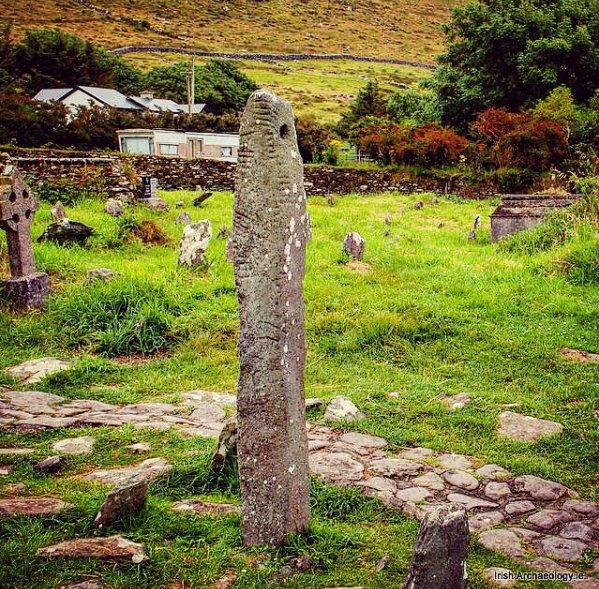
These Old Irish names are taken from the country’s corpus of ogham stones. Consisting of a series of incised linear lines, ogham represents Ireland’s very earliest form of writing. It is typically found on standing stones, especially in the the south and southwest of the country, where there is a remarkable concentration of these monuments. The monoliths generally commemorate named individuals and it is likely that the stones originally marked burials spots or tribal boundaries. Most of the ogham stones were erected between the 5th and 6th centuries AD, a period when Ireland was only gradually becoming a Christian country. This is reflected in the personal names found on the stones, some of which contain references to pagan gods and totem animals/trees.
Name: Champion of Wolves/Hounds (Cun[a]netas). Ogham Stone: Island, Co. Waterford

Name: Thunder (Brusccos). Ogham stone: Emlagh East, Co. Kerry

Name: Black Raven (Branaddov). Ogham stone: Gearha South, Co. Cork

Name: Battle Man (Cattuvir). Ogham Stone: Dromore III, Co. Waterford

Name: Champion of (the god) Segamo (Neta Segamonas). Ogham Stone: Ardmore, Co. Waterford.
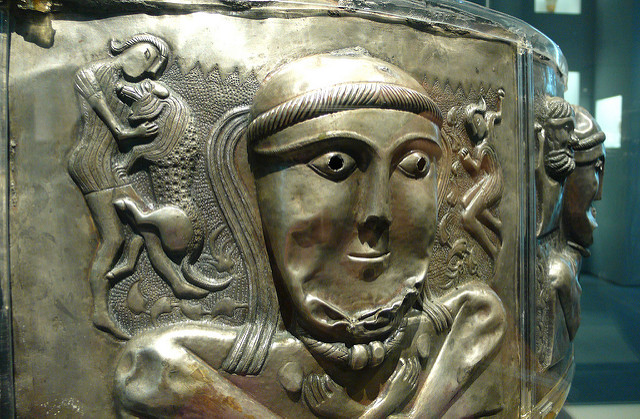
Name: Son/Devotee of the Rowan Tree (Maqi-Carattinn). Ogham stone: Cloghanecarhan, Co. Kerry
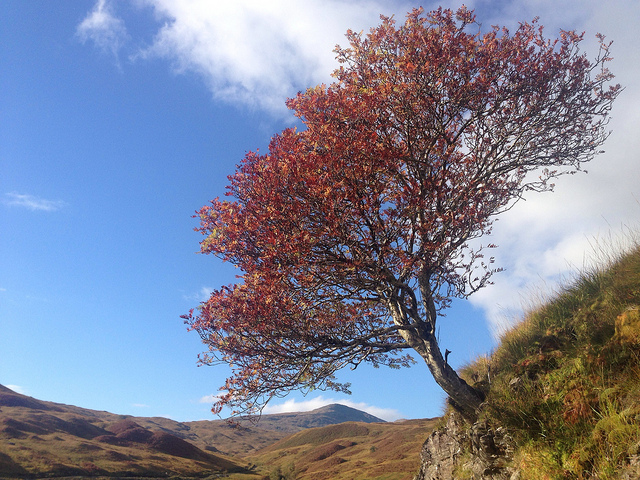
Name: Wolf Singer (Quanacanos). Ogham stone: Island, Co. Mayo
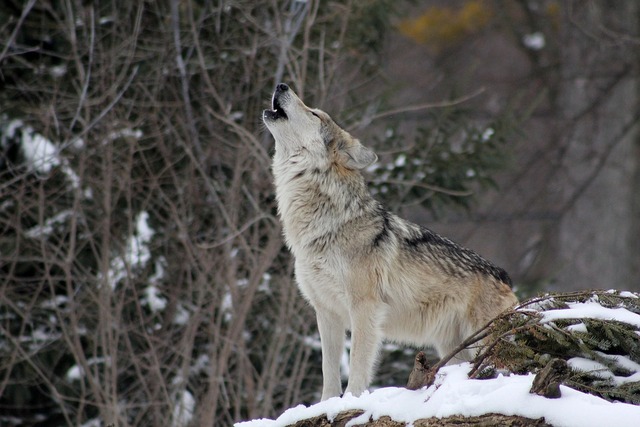
Name: Respecter of (the god) Lugh (Lugudeccas). Ogham stone: Ardmore, Co. Waterford
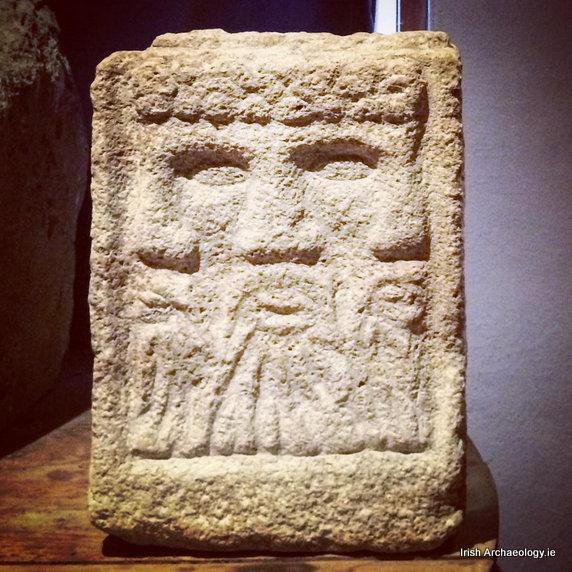
Name: Little Seal (Ronann). Ogham stone: Arraglen, Co. Kerry

Name: Living Fire/Fire Alive (Bivodon). Ogham stone: Kilbeg, Co. Waterford

Name: Little Badger (Broccan). Ogham Stone: Kilmalkedar, Co. Kerry

Name: Raven Born (Branogenos). Ogham Stone: Barnaveddoge, Co. Louth

Name: (he who has ) The Strength of a Wolf/Hound (CUNOGUSSU). Ogham Stone: Ahalisky, Co. Cork
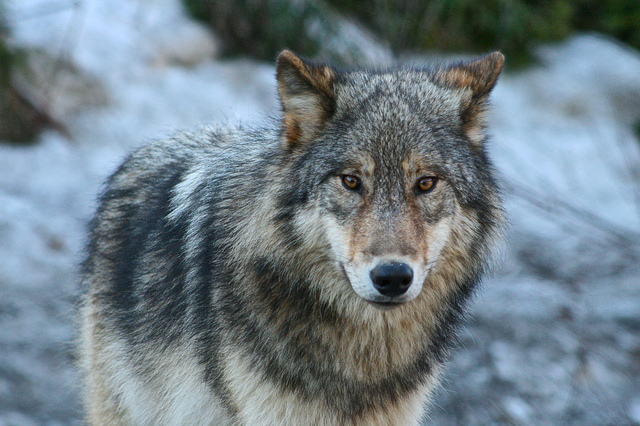
Name: Son of the Yew Tree (Ivageni). Ogham stone: Mount Russell, Co. Tipperary
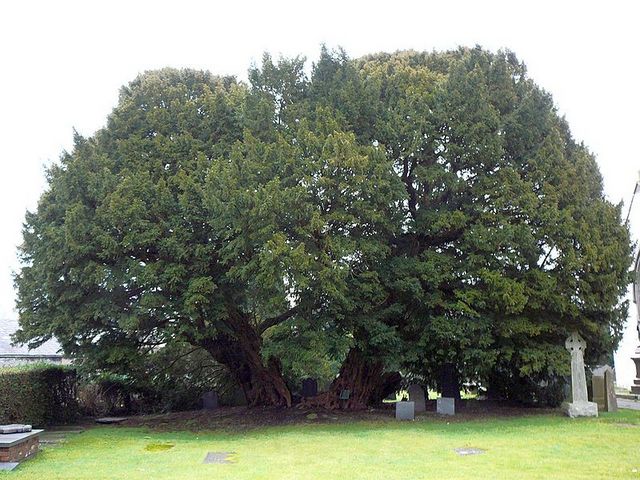
Name: Heron (Corre). Ogham Stone: Coolinheagh. Ogham stone: Glebe, Co. Cork
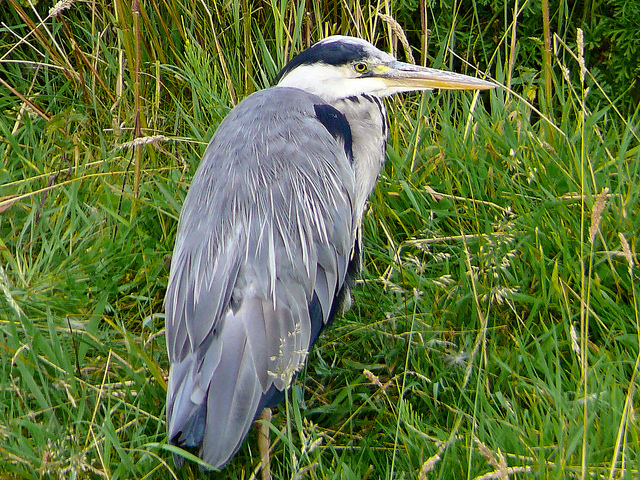
Name: Devotee/Son of the deity Erc , possible a cow goddess (Maqi-Ercias). Ogham Stone: Coumeenole North, Co. Kerry
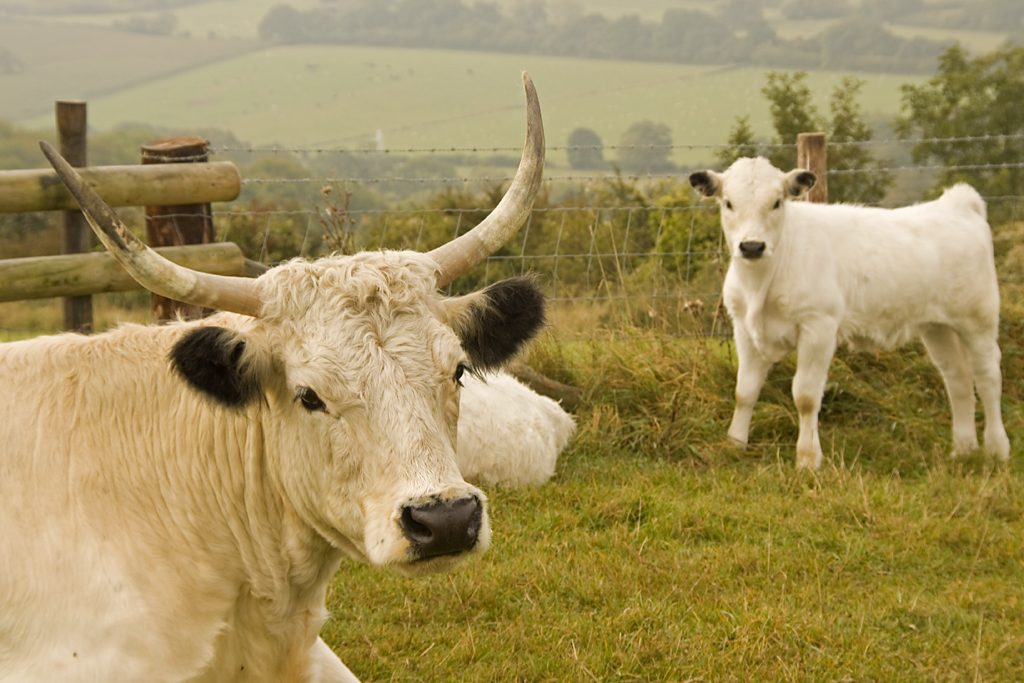
Name: Flame (Dego[s]). Ogham Stone: Coolmagort, Co. Kerry
Photo: Andrea Parrish-Geyer CC BY-ND 2.0
Name: Chief in Battle (Catabar). Ogham stone: Ballyquin, Co. Waterford

Name: Winter Wolf/Hound (Gamicunus). Ogham Stone: Lugnagappul, Co. Kerry.

References
McManus, D (1991) A Guide to Ogham. Maynooth Monographs No. 4.
Swift, C. Markers of Historic Deaths (Academia.edu paper)
Ogham in 3D project (Website)

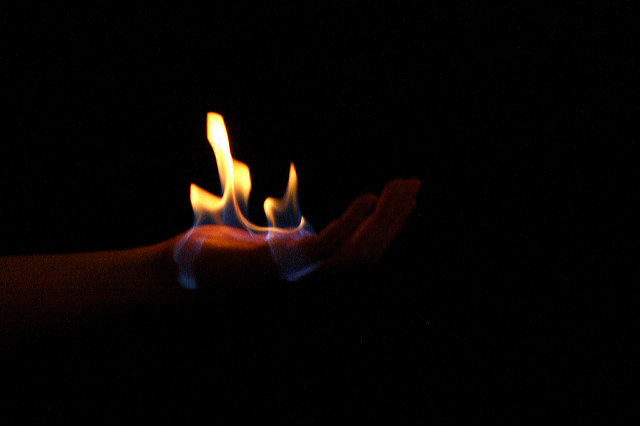


What a wonderful pectoral and explanation! Thanks so much.
A fascinating subject, I never realised the ancient Irish had such names. Similar to the Native Americans? Thank you for this.
Simply,Thank You
The names strike me as similar to Gaulish. Is there a connection to the two languages?
Irish langauge comes from proto indo European source, gauls are celts who came from steppe bringing indo aryan language with them.
So if you can imagine the same people who were proto European are the same who made the journey to America. Native americans share most dna with the people of Mongolia.
Interesting names – they are similar to our Native American names. Beautiful names.
in Kurdish language we have Brusk for lightning and till now used as a personal name.
Excellent. Many thanks. Is it not more likely that corre refers to a crane (corr na móna) than corr riasc? From little horse.
Go raibh maith agat a Cholm.
I didn’t think that Irish had the letters ‘Q’ or ‘V’, so would this report suggest otherwise during an earlier time.
The Gaulish language certainly had those sounds, see links including video on pronunciation. https://omniglot.com/writing/gaulish.htm
Having the names in Irish as well as phonetic spelling would add clarity.